Archives
- 2018-07
- 2019-04
- 2019-05
- 2019-06
- 2019-07
- 2019-08
- 2019-09
- 2019-10
- 2019-11
- 2019-12
- 2020-01
- 2020-02
- 2020-03
- 2020-04
- 2020-05
- 2020-06
- 2020-07
- 2020-08
- 2020-09
- 2020-10
- 2020-11
- 2020-12
- 2021-01
- 2021-02
- 2021-03
- 2021-04
- 2021-05
- 2021-06
- 2021-07
- 2021-08
- 2021-09
- 2021-10
- 2021-11
- 2021-12
- 2022-01
- 2022-02
- 2022-03
- 2022-04
- 2022-05
- 2022-06
- 2022-07
- 2022-08
- 2022-09
- 2022-10
- 2022-11
- 2022-12
- 2023-01
- 2023-02
- 2023-03
- 2023-04
- 2023-05
- 2023-06
- 2023-07
- 2023-08
- 2023-09
- 2023-10
- 2023-11
- 2023-12
- 2024-01
- 2024-02
- 2024-03
- 2024-04
- 2024-05
- 2024-06
- 2024-07
- 2024-08
- 2024-09
- 2024-10
- 2024-11
-
br Introduction Nonalcoholic fatty liver disease NAFLD is a
2024-07-31

Introduction Nonalcoholic fatty liver disease (NAFLD) is a clinicopathologic spectrum of liver pathologies associated with excessive accumulation of fat in the liver. This spectrum is continuous but can be graded based on pathological features; in increasing severity, these are: bland steatosis,
-
notch signaling pathway br KYN Acts on AhR To
2024-07-30
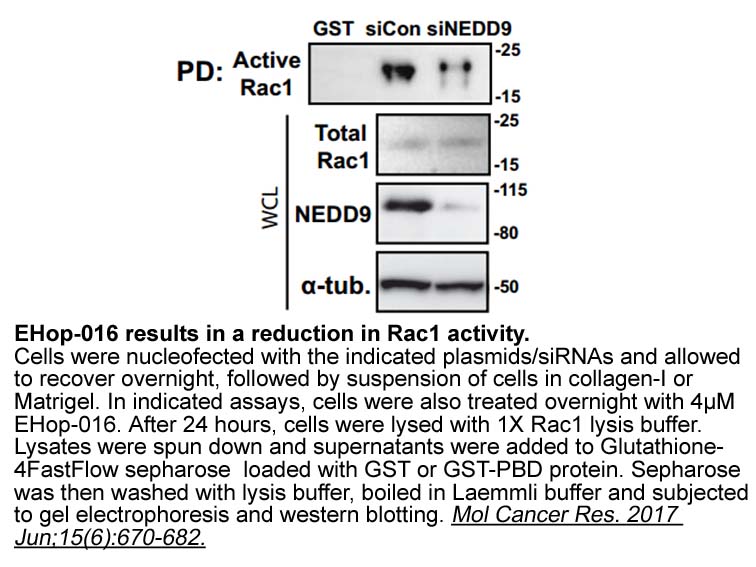
KYN Acts on AhR To Induce Tolerogenic Immunity IDO1 and TDO2 are intracellular heme-containing metalloproteins that catalyze the committing and rate-limiting step of the KYN pathway (KP) that converts the essential amino notch signaling pathway tryptophan to a series of biologically active secon
-
Introduction Epinephrine is an endocrine
2024-07-30
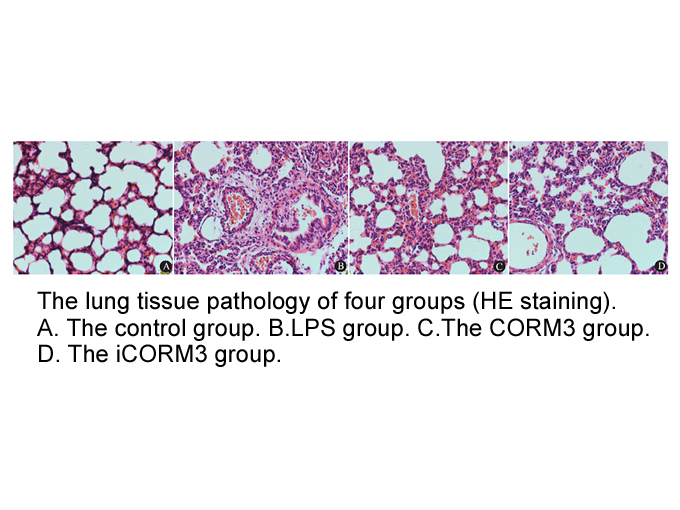
Introduction Epinephrine is an endocrine hormone mainly produced by adrenal medulla in response to stress (Tank and Lee Wong, 2015). This catecholamine exerts various major physiological effects, concerning notably the cardiovascular system, the respiratory system and the endocrine system, through
-
br Author contributions br Acknowledgements We thank Dr Bob
2024-07-30
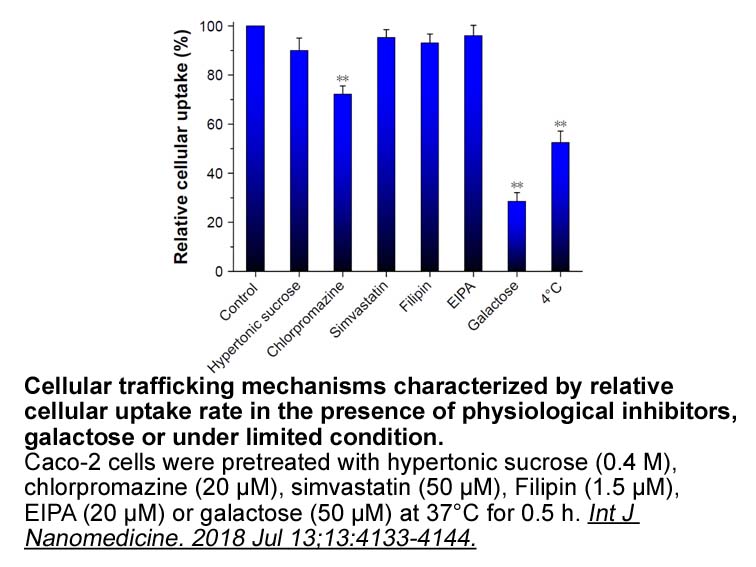
Author contributions Acknowledgements We thank Dr. Bob Hammer and the Transgenic Core Facility at UTSW for the generation of the transgenic lines, John Shelton and the Histology Core for assistance with histology and the UTSW Metabolic Core Unit for help in phenotyping. We acknowledge support
-
AMPK is an essential player
2024-07-30
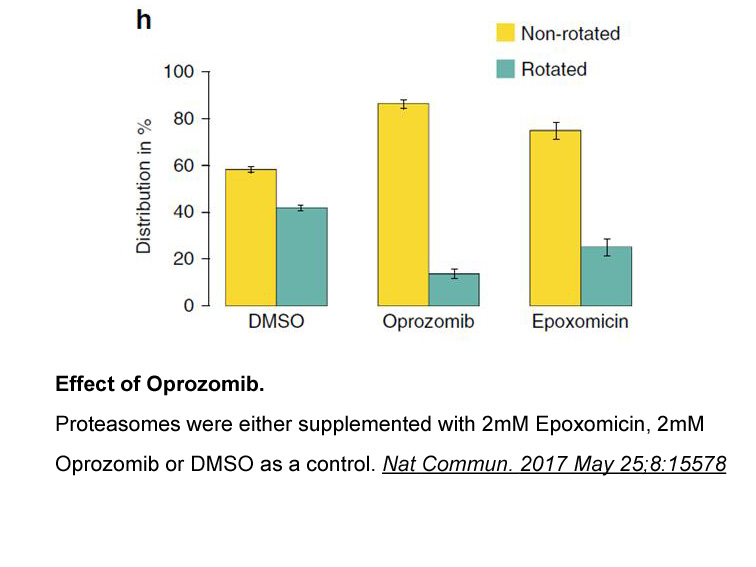
AMPK is an essential player in adiponectin signaling pathway that regulates energy metabolism. The fact that suppression of AMPK activity by compound C largely diminished candesartan-mediated inhibition of NFκB via blocking AT1 also suggests that the AT1-mediated effect is at least partly resulted f
-
br Acknowledgments We thank the anonymous reviewers for thei
2024-07-30
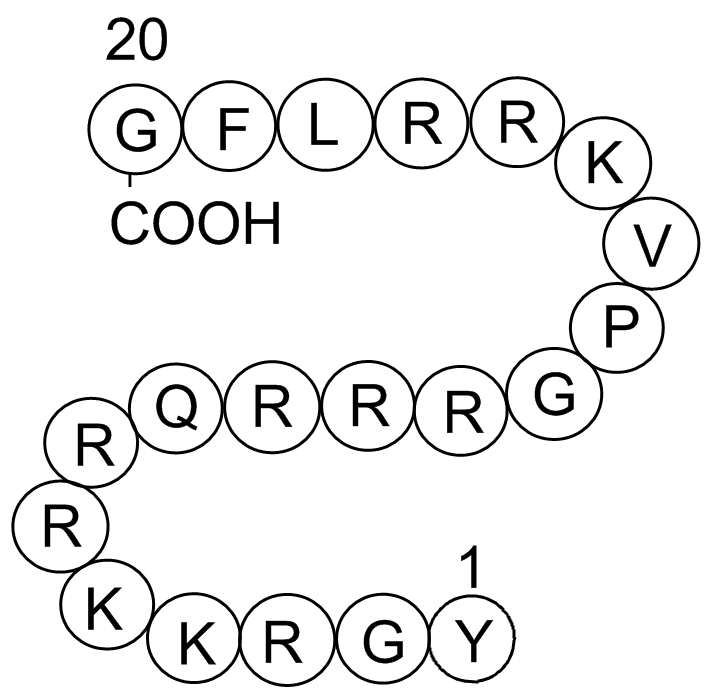
Acknowledgments We thank the anonymous reviewers for their constructive comments on the manuscript, and also thank Dr. Hans-U. Dahms for his comments on the manuscript. This work was supported by a grant from the National Research Foundation (2009-0071218) funded to Young-Mi Lee. This work was al
-
br LOX in pancreatic cancer LOX is a key player
2024-07-30
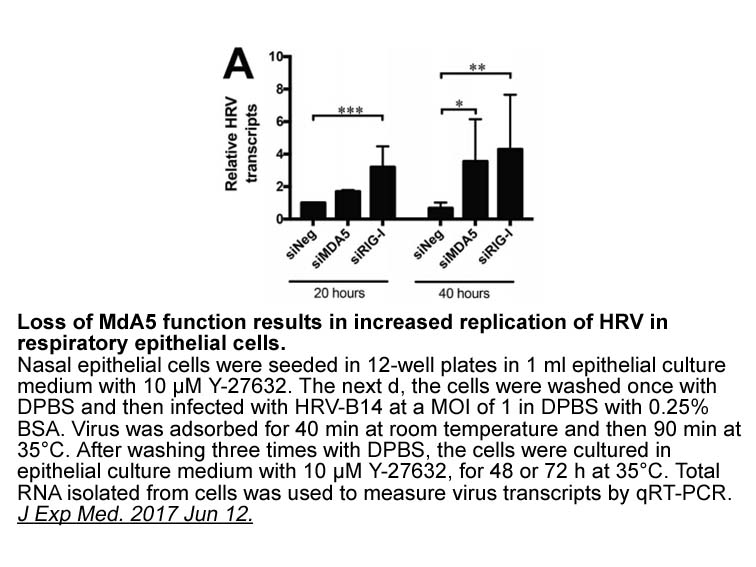
5-LOX in pancreatic cancer 5-LOX is a key player in pancreatic cancer (PC) progression. The upregulation of 5-LOX mRNA has been observed in pancreatic adenocarcinoma (PDAC) and also in neoplastic pancreatic tissues (Kennedy et al., 2003). Higher levels of 5-LOX transcripts (messengers) are presen
-
The role of DHT in early
2024-07-30
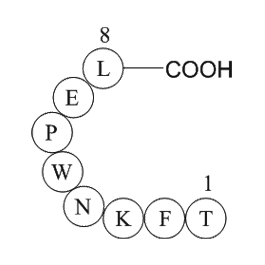
The role of DHT in early teleost embryogenesis is not entirely clear or established, however additional studies that treat fish embryos to DHT or to specific srd5a inhibitors at critical stages of development (i.e. prior to sex differentiation) will shed light on the early functions of this androgen
-
Additionally in a previous transgenic
2024-07-30
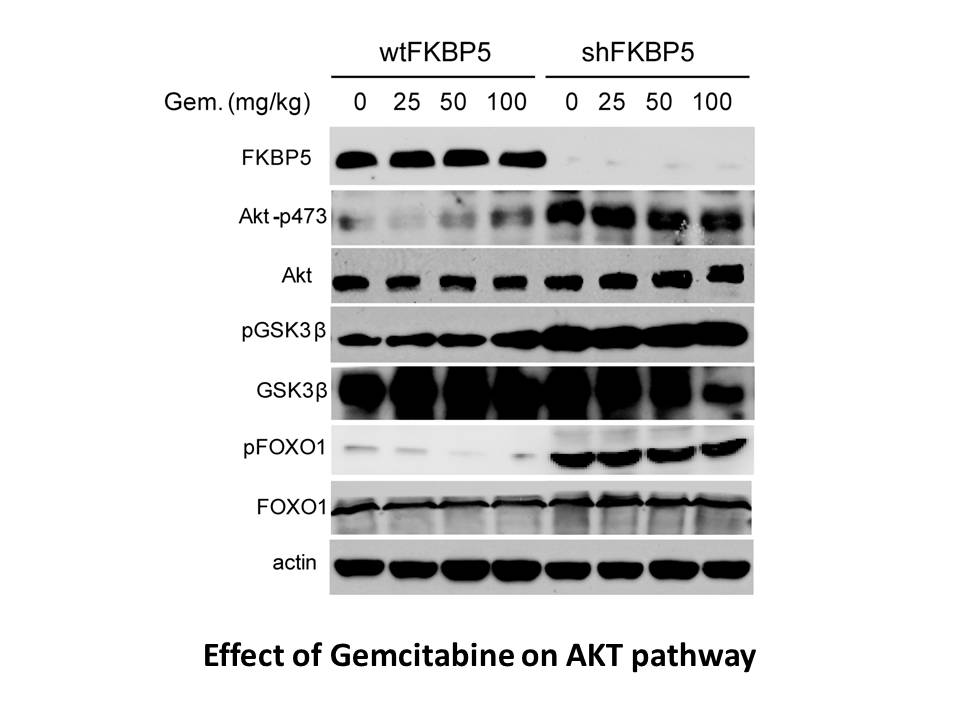
Additionally, in a previous transgenic model with autotaxin under the control of the MMTV-LTR promoter, aberrant expression of human autotaxin caused late-onset, metastatic breast cancer [5]. The AT-ATX transgenic model is analogous to the previous one because ∼30% of all spontaneous tumors appeared
-
Many reports have well documented that
2024-07-30
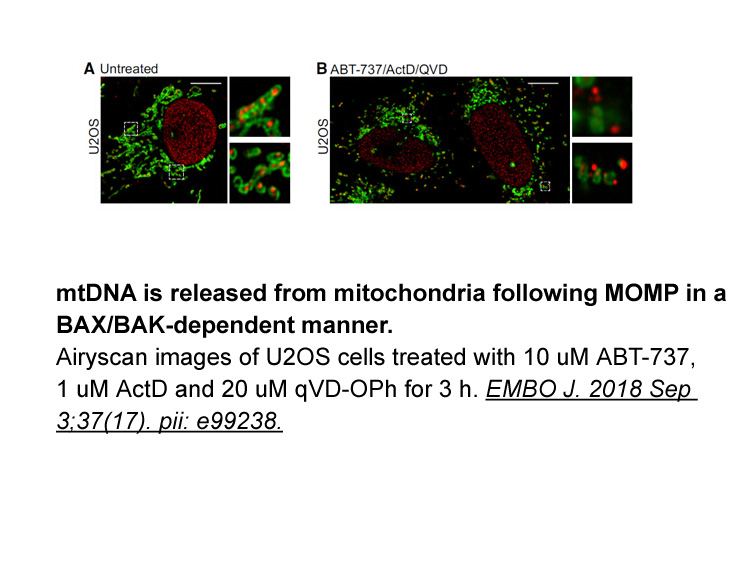
Many reports have well documented that signaling pathways play a pivotal role in controlling longevity. The most studied of these pathways is the IGF-1 pathway [11,12]. A disruption of this pathway has been found to extend longevity in different groups of species starting from Caenorhabditis elegans
-
CK is considered a central controller of
2024-07-30
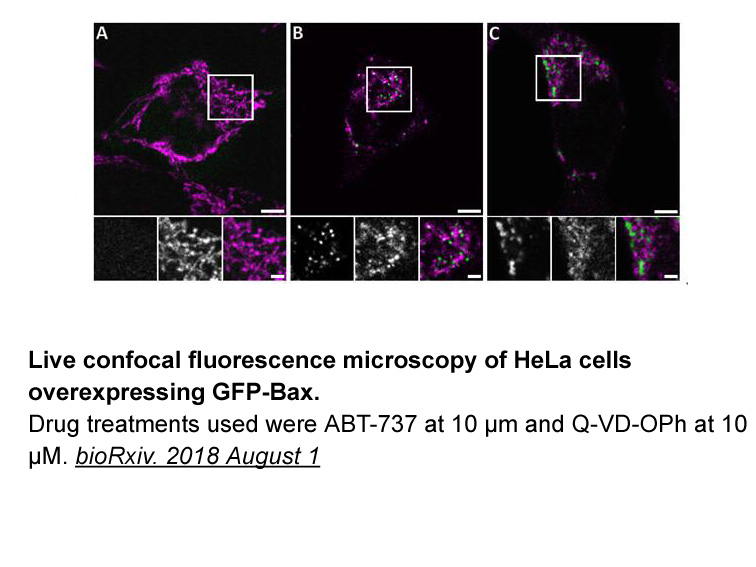
CK is considered a central controller of cellular energy homeostasis that catalyzes the reversible transfer of a phosphoryl group from ATP to adenosine diphosphate (ADP) and creatine to produce PCr [5]. This enzyme builds up a large pool of rapidly diffusing PCr for temporal and spatial buffering of
-
Suspecting that ACL might regulate the expression
2024-07-30
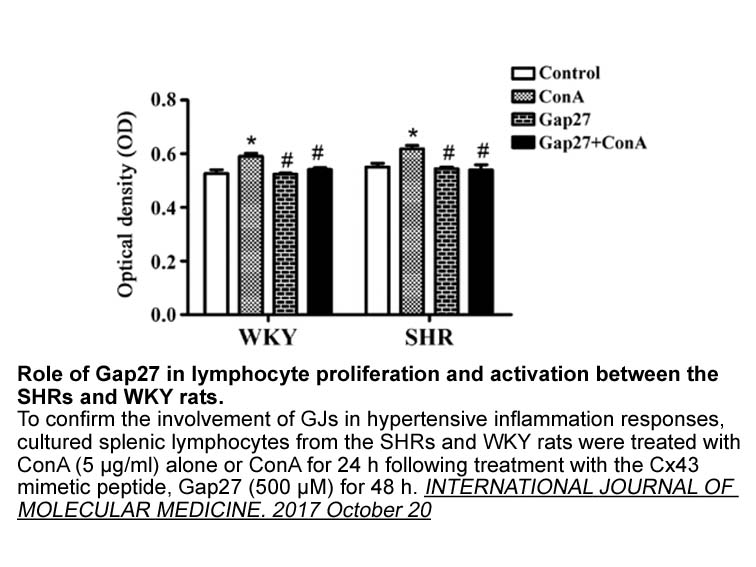
Suspecting that ACL might regulate the expression or activity of myogenic transcription factors, Das knocked down MyoD and found that such intervention abolished the effect of ACL on fast MyHC expression and that, conversely, MyoD overexpression partially rescued reduced fast MyHC expression caused
-
There are in contrast many studies demonstrating that sex
2024-07-30
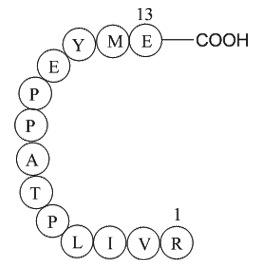
There are in contrast many studies demonstrating that sex steroids modulate Isotretinoin processing of stimuli related to reproduction and this correlates with the observation that steroid receptors and aromatase are expressed in many brain nuclei that are part of the olfactory, visual and auditory
-
In our approach using BRET and
2024-07-30
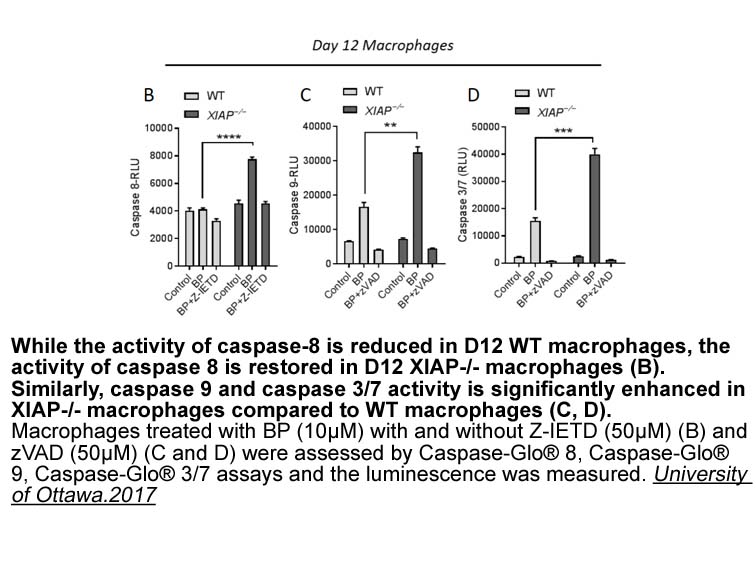
In our approach using BRET and FRET, there is a substantial increase in BRET and FRET signals between Giα2 or Giα3-YFP and CFP- Gγ2/Rluc-Gγ2 upon apelin-13 activation, indicating that Gαi2, Gαi3 and N-terminus of Gβ1γ2 subunits become closer without subunit dissociation. In contrast, both the FRET a
-
Expression of Twist and the AR are increased by
2024-07-29

Expression of Twist1 and the AR are increased by oxidative stress, but the change in the receptor (mRNA/protein) is lost after treatment with siRNAs that target Twist 1 (Shiota et al., 2010). Twist 1 was found to bind to E-boxes, 5′-CANNTG-3′, in the proximal promoter (−442 to +51 bp) and upstream r
15007 records 60/1001 page Previous Next First page 上5页 5657585960 下5页 Last page